Development of a mobile application from scratch - what, how and why?

Mobile apps are a great marketing tool and a way to promote your brand. But the development of a mobile application is associated with a lot of questions. What to choose - native application or cross-platform development?
Which app to launch first - iOS or Android? This is important because Google play and the App Store have different functionality, including for testing.
But the questions don't end there. The developer will need to define:
- the possibility of user testing in real time;
- frequency of application updates;
- the possibility of promotion without a budget;
- traffic source;
- the need for advertising in the application itself.
Answers to all these questions can only be obtained in practice. But there are certain guidelines that will help you make a choice.
Cross-platform or native app
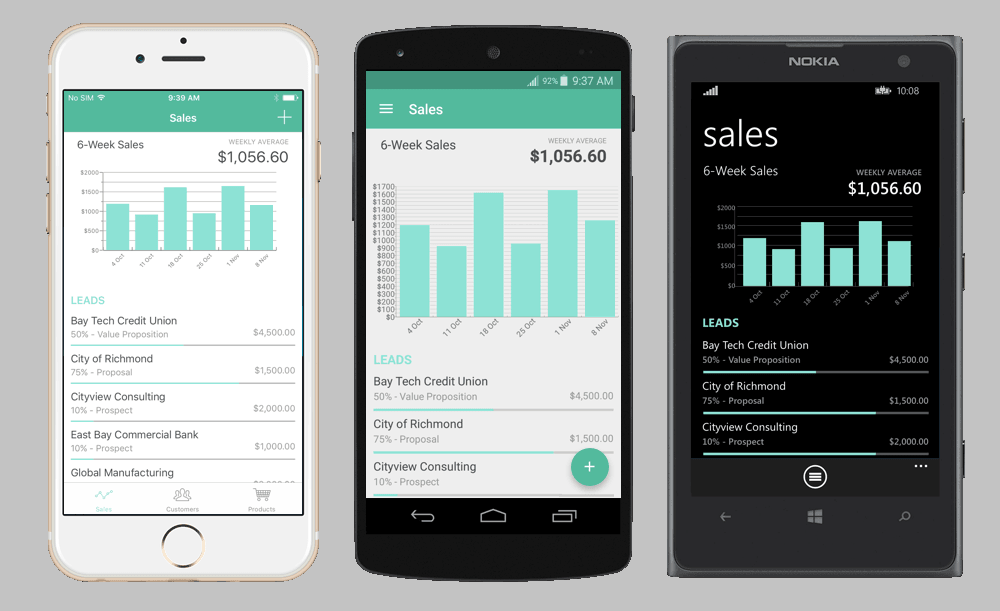
If the application is resource-demanding or too specific, native development is needed. In most standard cases, cross-platform is a good choice.
Why is it beneficial?
Such development helps to save resources and time, not to mention the fact that it is cheaper. Indeed, there are cases when native development is indispensable, but you need to clearly understand when this is really the case.
The main advantages of a cross-platform application
- Automatic application support on all platforms, including iOS, Android, Windows Phone. There is no need for separate development for each platform.
- A hybrid mobile application is created on one technology and does not need to be modified for each of the existing platforms. When updates are released, they are automatically applied to all supported platforms, which significantly saves time and reduces the cost of maintenance.
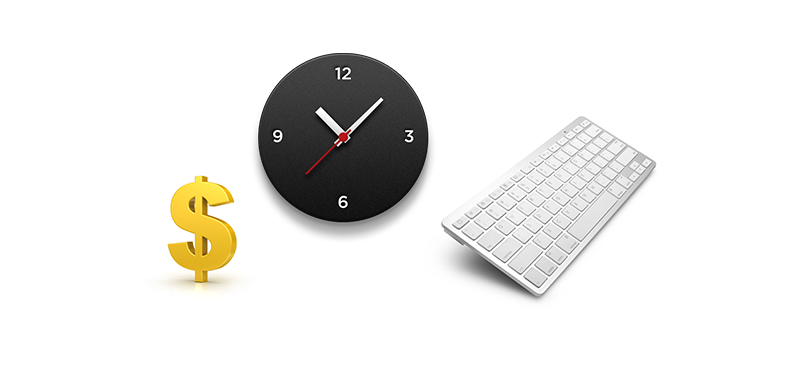
- Easy integration with the site's CMS, which is very convenient if the company sells goods through an online store.
- Integration with external products, including E-commerce or 1C systems. These external systems will be able to receive data from customers using the mobile application.
- Provides access to the phone hardware.
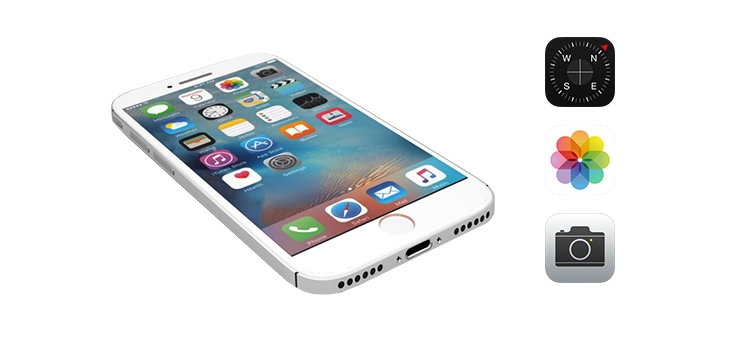
One can come across claims that cross-platform reduces the performance of the application and degrades the responsiveness of the interface. However, when choosing, you need to compare not words, but numbers. Will the drop in speed really be that noticeable to users? Typically, response rates only really matter for client servers and latest generation games. And for most basic applications, it is enough that they work without failures and do not freeze.
It is also worth remembering that cross-platform applications do not work very well on cheap and weak Android smartphones. But here it is important to follow the developed marketing strategy: it is possible that there are no such budget consumers in it at all. In the end, you can test some similar application from other developers by choosing a weak smartphone.
You can hear that cross-platform is expensive to maintain. But here, again, you need to rely on real numbers. Also, even when starting development, you need to understand whether some plugins and libraries can become problematic when the application is running. In fact, whether a native interface or not is important for the developer, but not for the user. Most likely, the user is not so knowledgeable in development and will not know on which platform the application is created.
When developing a cross-platform application, it is important to consider 2 main features.
The first is that the number of visual effects should be minimal in order for the application to work quickly.
The second is that the application will work without failures only with a constant connection to the Internet.
Benefits of the Google Developer Console
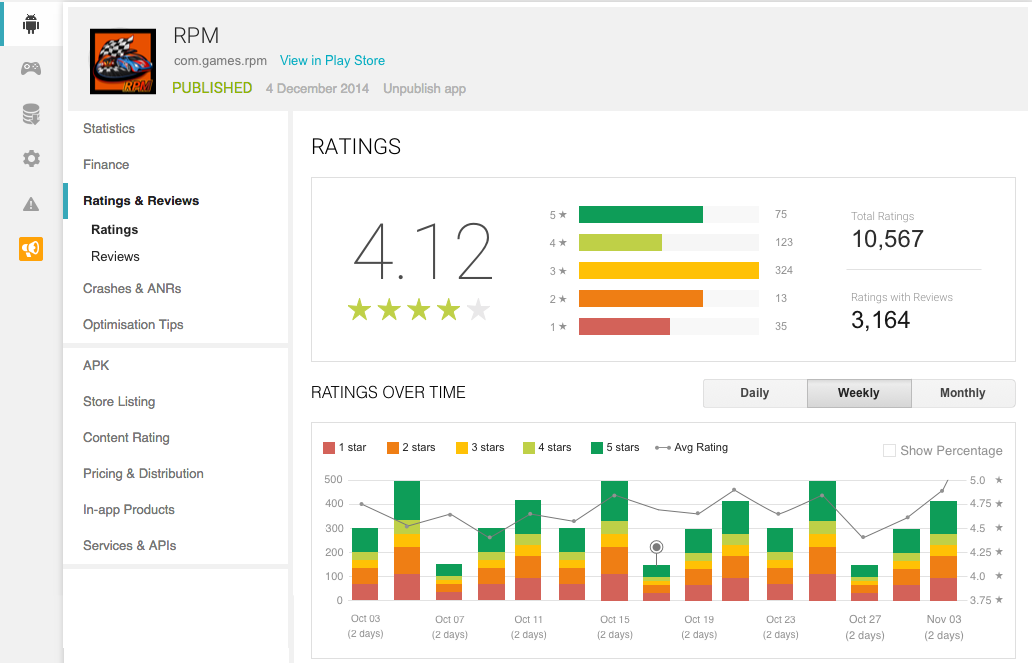
Today, the Android developer console is clearer, simpler, and more functional than Apple's. By choosing the Google Developer Console, you can conduct the necessary tests even for free. Here are the main useful console tools:
- Experiments. For marketing A/B tests. Works with descriptions, banners, icons - for free;
- Alpha testing, for downloading and running a test version;
- Beta testing: allows you to get a preliminary user assessment without a general release;
- Test Report: Run and test on real user devices. Scripts perform basic operations in "real" mode;
- Conversion statistics (transitions from view to download). This is a key moment, it is he who determines the success of the entire application;
- The ability to respond to comments on the application and thereby provide user support;
- Testing notifications to check if the keys are correct.
It is also important that applications on Google Play are released according to the principle of "quick approval" - a maximum of 6 hours after uploading. In addition, when replacing marketing details (descriptions and screenshots), they will change quickly and automatically.
What must be built into the application, and what can you do without?
The application must be efficient and competitive. To ensure this, the following inline elements are used:
- Statistics.
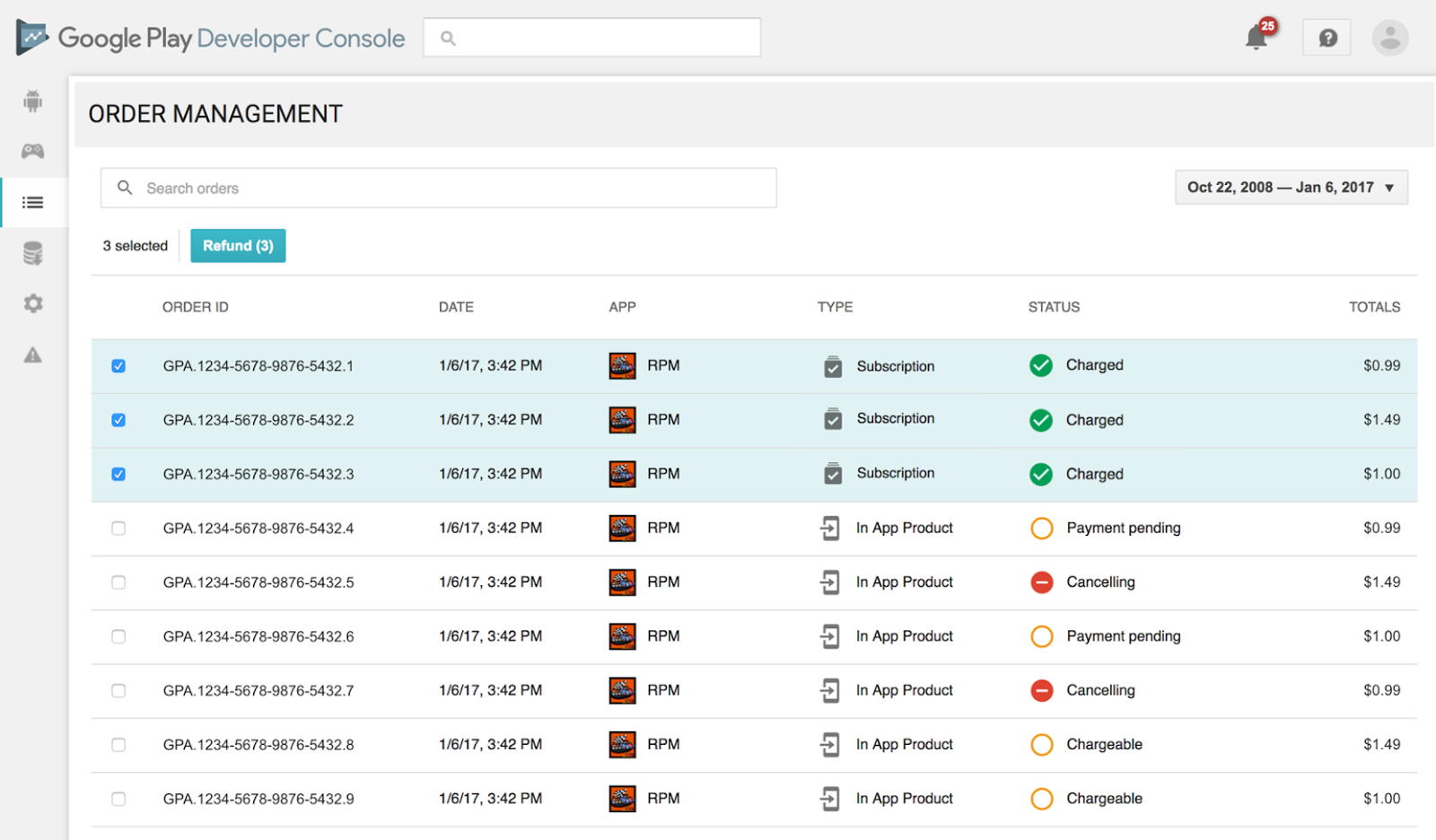 An application without statistics is doomed to failure. It can only be made competitive if you fully understand user behavior. Statistics help to understand the degree of user engagement. The higher this indicator, the better the application is ranked in the search. You can use several tools to collect statistical data at the same time in order to understand exactly how the user moves, how he interacts and where he stops.
An application without statistics is doomed to failure. It can only be made competitive if you fully understand user behavior. Statistics help to understand the degree of user engagement. The higher this indicator, the better the application is ranked in the search. You can use several tools to collect statistical data at the same time in order to understand exactly how the user moves, how he interacts and where he stops. - Tracking or attribution is a way to determine traffic.
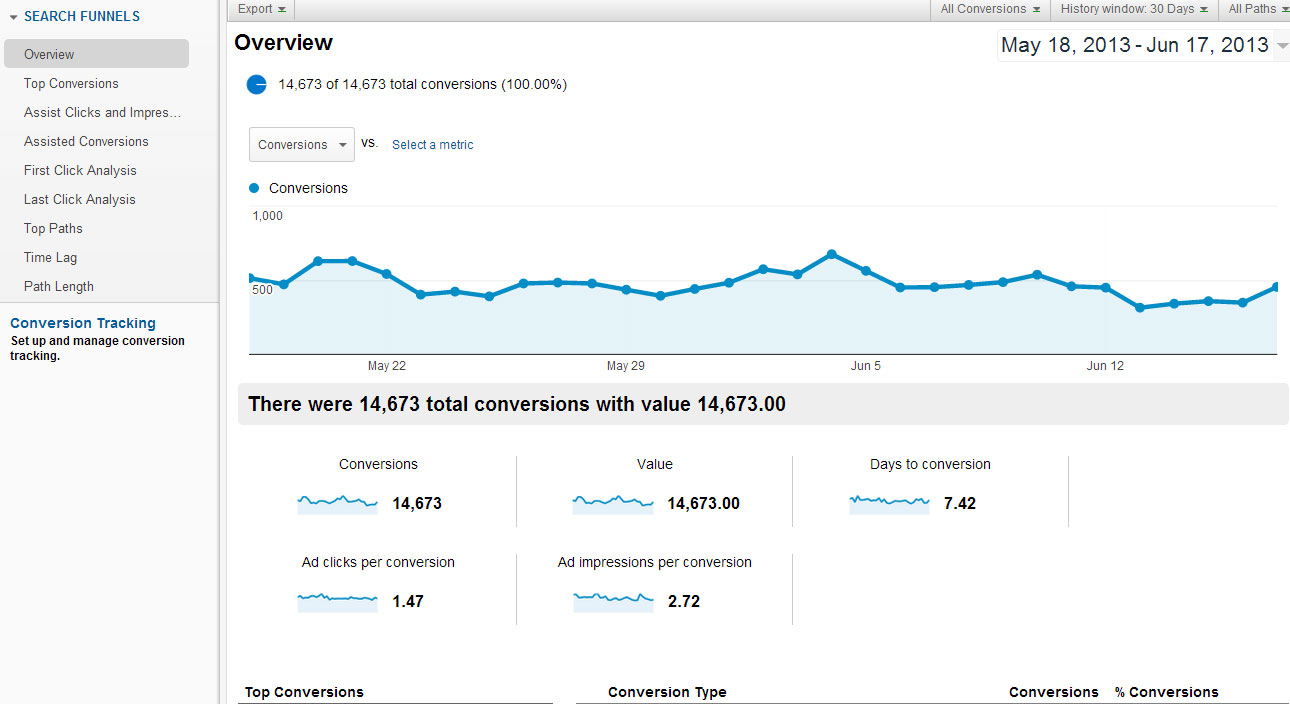 You will be able to divide users by traffic sources, determine which acquisition channel is the most successful. Also, using the SDK, which sets a label for the user's device, the effectiveness of advertising campaigns and their payback are evaluated.
You will be able to divide users by traffic sources, determine which acquisition channel is the most successful. Also, using the SDK, which sets a label for the user's device, the effectiveness of advertising campaigns and their payback are evaluated.
It is also necessary to capture traffic, to understand where customers come from. You can add events and any target actions to tracking, not just installations. All well-functioning applications for this task are paid. You pay per install, per click, or both. - Possibility of feedback from the application. The feedback button should be clearly visible. This will help users communicate directly with you instead of the app store. If you do not provide feedback, a lot of negative reviews may appear in the store next to your application (Android users especially practice this behavior). Feedback protects against negativity on the page with the application and makes it clear that users are not satisfied.
- A/B tests.
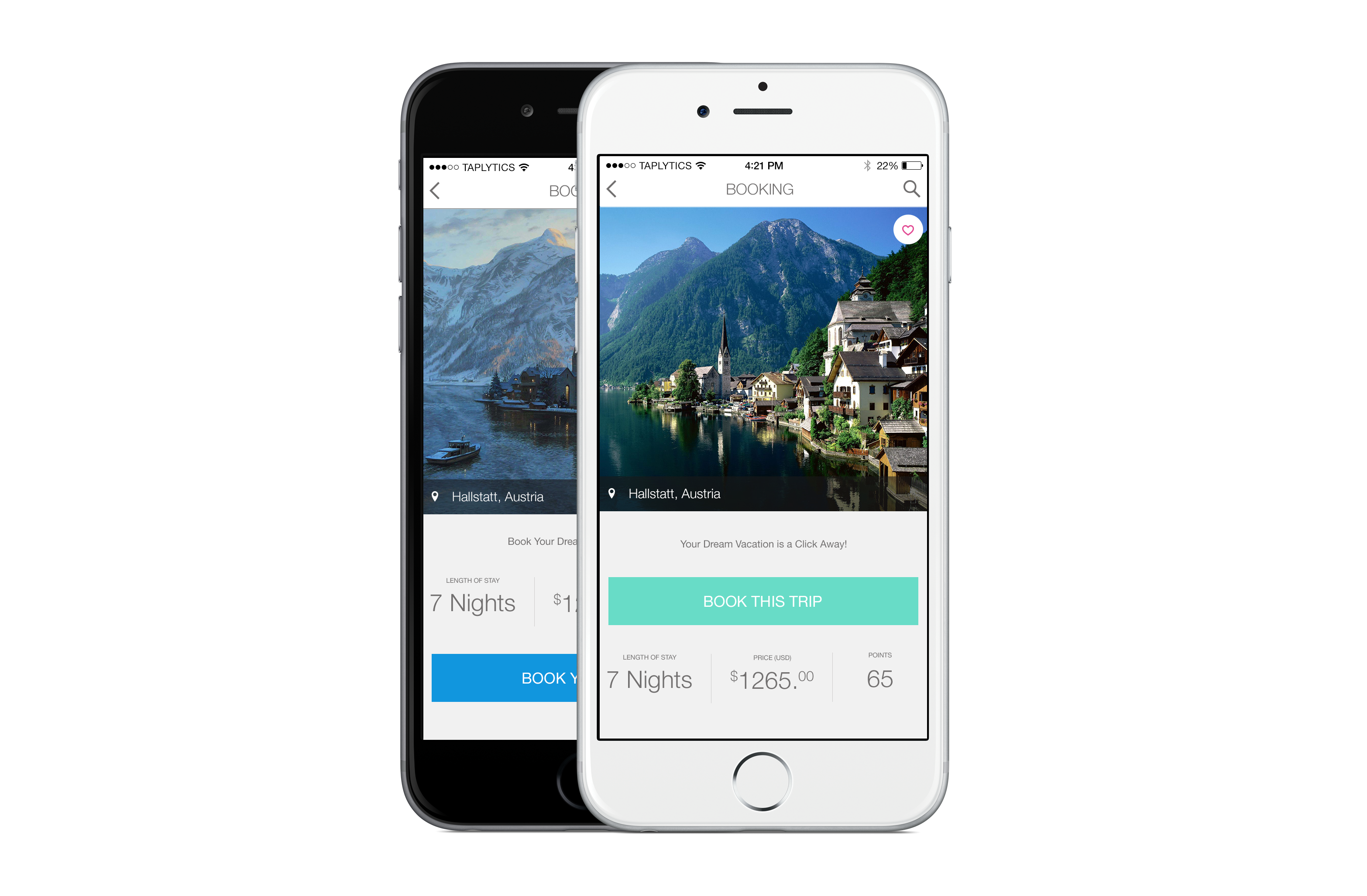 Needed to evaluate the application and find a solution that is as comfortable and acceptable to users as possible. Usually 1-2-3 user configurations are changed and distribution of the application is performed in random order. This allows you to track which option users are more supportive of. Thanks to the possibility of A / B testing, you can improve the application without predicting the behavior of the user, but knowing his preferences for sure. Before being placed in the Store, it is imperative to conduct A / B tests. Usually configuration files are used for this.
Needed to evaluate the application and find a solution that is as comfortable and acceptable to users as possible. Usually 1-2-3 user configurations are changed and distribution of the application is performed in random order. This allows you to track which option users are more supportive of. Thanks to the possibility of A / B testing, you can improve the application without predicting the behavior of the user, but knowing his preferences for sure. Before being placed in the Store, it is imperative to conduct A / B tests. Usually configuration files are used for this. - User rating.
 Users should be reminded to rate the app. If there are no ratings, the conversion can seriously decrease. Make a big "rate" button in the main menu.
Users should be reminded to rate the app. If there are no ratings, the conversion can seriously decrease. Make a big "rate" button in the main menu. - Fall statistics.
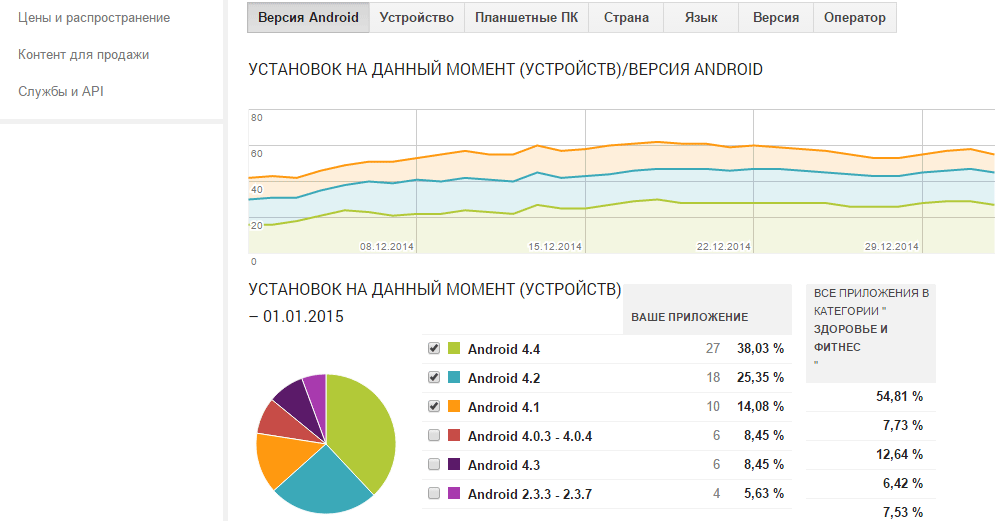 It should be monitored, because it is important to understand which process caused the fall. This will allow you to make changes in a timely manner. However, Google Play still does not display full information regarding what exactly caused the application to crash.
It should be monitored, because it is important to understand which process caused the fall. This will allow you to make changes in a timely manner. However, Google Play still does not display full information regarding what exactly caused the application to crash. - Notifications to return users to the application or retention. It is important that the application itself initiates local notifications for the user after installation, otherwise user activity is significantly reduced. You will need to schedule local notifications at least a month in advance.
- Force update.
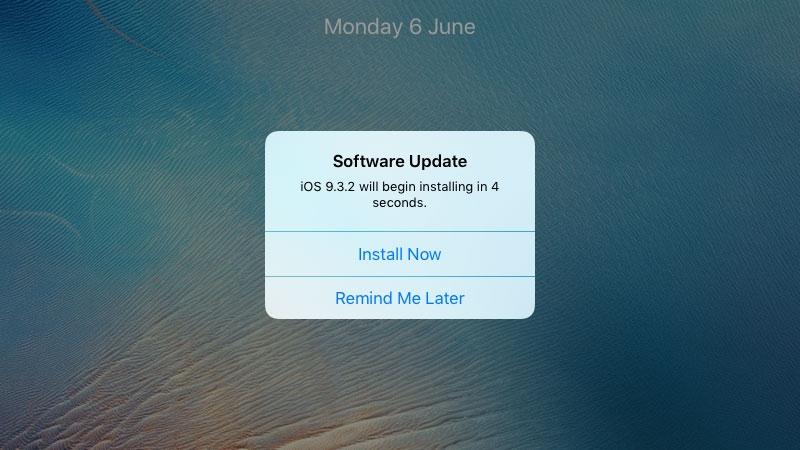 At the start of the application, the system checks the current version on the server. The application shows an "update" window if the version is out of date. This is important even for conservative users who rarely ask for updates. Make sure that on Android such a window cannot be canceled with the back button.
At the start of the application, the system checks the current version on the server. The application shows an "update" window if the version is out of date. This is important even for conservative users who rarely ask for updates. Make sure that on Android such a window cannot be canceled with the back button. - Encryption. It is especially necessary if the application works with payments. Basic data must be encrypted - first of all, for user security.
These guidelines will help beginners prepare their first application for release and ensure it works on launch.

